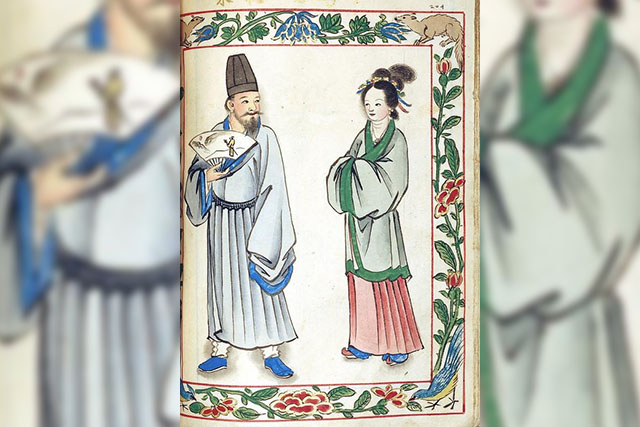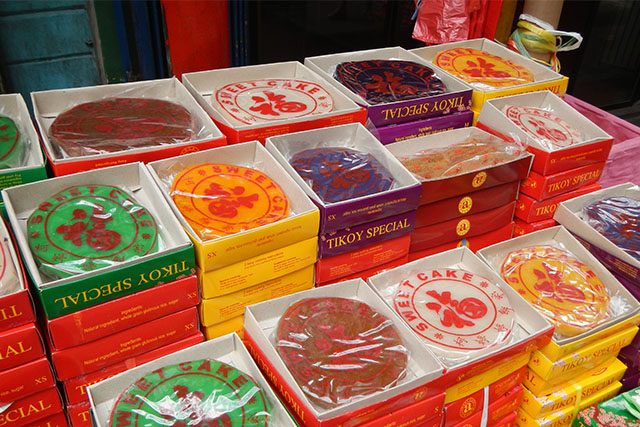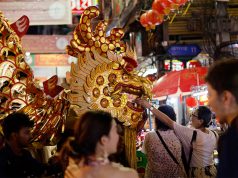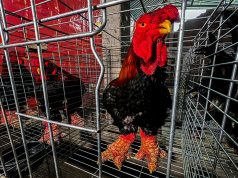A user of a popular discussion forum shared a meme that depicts how Filipinos would crave tikoy or a glutinous rice cake with Chinese origins whenever the Chinese New Year would come around.
The meme is based on a scene in the first “Jurassic Park” movie where velociraptors are hunting for the two young protagonists in a kitchen.
One user commented on how accurate the meme was in real life and wrote, “Can confirm.”
Tikoy is common during the Chinese New Year celebrations on the first day of the new moon’s appearance between January 21 and February 20.
It signifies a beginning of a new year in the traditional Chinese calendar which follows the astronomical observations of the sun’s longitude and the phases of the moon.
The tikoy’s origins
Tikoy is to the Filipinized term for “ti-ke,” which means “sweet pastry” in Hokkien dialect, the language of people living in the southeastern part of Fujian Province in China.
In Mandarin Chinese—considered the most widely used dialect in China—the delicacy is referred to as “nian gao” which translates to “year cake” or the “Chinese New Year” cake.
It was brought to the Philippines by traders from southern Chinese provinces such as Fujian and Guangdong who traded goods like silk, porcelain, colored glass, beads and ironware to Filipinos before Spain colonized the islands.

Most of these Chinese traders eventually settled in the Philippines and intermarried with Filipinos, influencing the local culture of the country which includes cuisine.
Food with Chinese origins like pancit, lumpia and siomai made its way into Filipino dishes and started to become favorites.
This included tikoy, a delicacy considered a staple in Chinese kitchens whenever they would celebrate a new year.
Reports claim that Chua Chiu Hong, a Chinese farmer who migrated to the Philippines from Xiamen, was the one responsible for making the well-loved delicacy popular.
In 1912, he established a stall in Ongpin Street, Binondo and sold Chinese favorites like tikoy, hopia and mooncake to initially cater to the Chinese immigrants in the Philippines.
The food instantly became a favorite and Filipinos started to flock on the stall which grew to become Eng Bee Tin. It is now considered the country’s most popular seller of Chinese delicacies.










